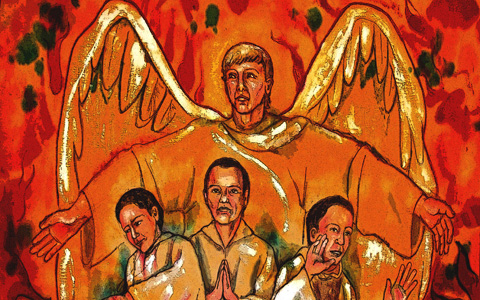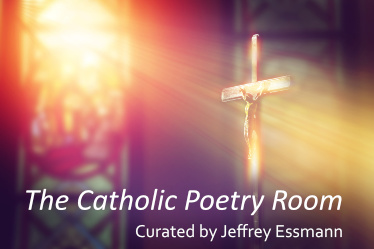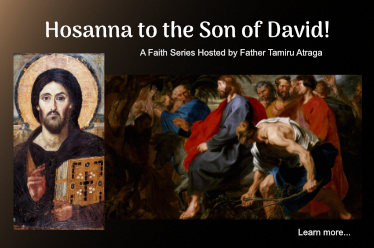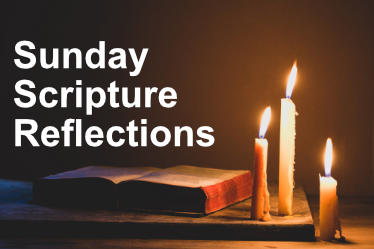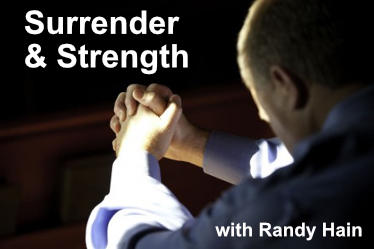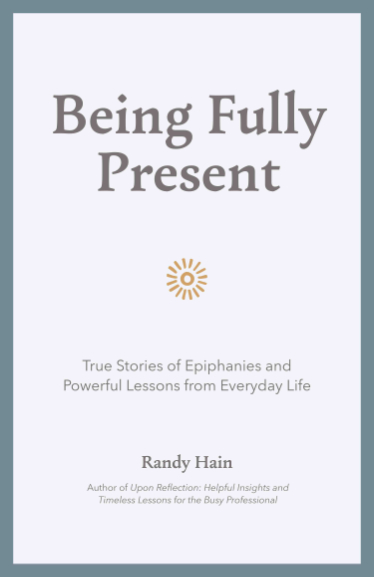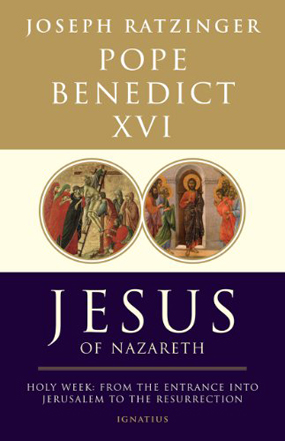 Nearly six years after Pope Benedict’s election, most of us have become accustomed to how rich, clear and evangelically fresh his writings are. He writes with such a depth, scope and application to perennial human questions that it would not at all be surprising if Christians centuries from now regard his homilies and speeches, encyclicals and exhortations, papal and pre-papal books the way we now revere the works of great fathers of the Church.
Nearly six years after Pope Benedict’s election, most of us have become accustomed to how rich, clear and evangelically fresh his writings are. He writes with such a depth, scope and application to perennial human questions that it would not at all be surprising if Christians centuries from now regard his homilies and speeches, encyclicals and exhortations, papal and pre-papal books the way we now revere the works of great fathers of the Church.
[On Thursday] he published another masterpiece bound to become a Christian classic, the second of three expected volumes of his series “Jesus of Nazareth,” this one a profound study on Jesus during the events of Holy Week. Some are saying that his “Jesus of Nazareth” series will prove to be Pope Benedict’s greatest legacy, as the “theology of the body” has become Pope John Paul II’s. Focused as it is on the events of Holy Week to which the whole of Lent is directed, this 384-page work would make excellent spiritual reading for all those who wish to accompany the Lord Jesus more closely during this holy season.
The second volume of “Jesus of Nazareth” is not the only assistance that Pope Benedict has given Christians this Lent, however. He also penned a profound Lenten message that describes how Lent is meant to help us rediscover and live out our baptism. For all those still looking for orientation and inspiration two days into the Lenten Season, Pope Benedict abundantly provides it.
He bases the message on St. Paul’s words to the Christians in Colossae, “You were buried with him in baptism, in which you were also raised with him” (Col 2:12). The Pope stresses on the day of our baptism, we became “sharers in Christ’s death and resurrection.” The purpose of the Lenten season, therefore, is to revivify our baptismal entrance into Christ’s death by putting to death whatever in us is mortal so that we may share more fully in Christ’s risen life. “Baptism,” the Pope insists, “is not a rite from the past, but the encounter with Christ that informs the entire existence of the baptized, imparting divine life and calling for sincere conversion; initiated and supported by grace, it permits the baptized to reach the adult stature of Christ.” In bringing us back to the sacrament most of us received as an unmerited gift of God in infancy, Lent also helps us to come to full Christian maturity through a life of faith flowing from that baptismal grace.
Pope Benedict stresses that the “a particular connection binds baptism to Lent,” a connection that the Second Vatican Council’s document on the liturgy exhorted all pastors in the Church to accentuate, by making greater use “of the baptismal features proper to the Lenten liturgy.” In this year’s Lenten message, Benedict himself acts on that exhortation, taking a look at the readings of the Lenten Season and showing how they are “an irreplaceable school of faith and Christian life” — not just for catechumens but for all the baptized — to rekindle their baptismal graces and so help them to “live their baptism as an act that shapes their entire existence.”
Pope Benedict says that the Gospel on the temptations of Christ for the First Sunday of Lent “reveals our condition as human beings here on earth,” that we’re in a “battle… in which the devil is at work and never tires — even today — of tempting whoever wishes to draw close to the Lord.” By his victory over the devil, Christ not only fills us with hope but shows us the path to overcome “the seductions of evil” through accepting the grace that “frees us from sin and infuses new strength in Christ.” The first Sunday shows us our need for a renewed union with the Lord to remain faithful.
On the Second Sunday of Lent, Christ leads us, as he led Saints Peter, James and John “up a high mountain by ourselves” to behold the glory of his transfiguration, which, Pope Benedict notes, “anticipates the resurrection and announces the divinization of man.” For us to come to full stature, to divinization, we need to accept Christ’s Lenten invitation to distance ourselves “from the noisiness of everyday life in order to immerse oneself in God’s presence” and to listen to God the Father’s beloved Son who speaks to us still in the transfigurative practice of Christian prayer.
On the Third Sunday, Christ asks both the Samaritan woman and us, “Give me a drink,” a question that “expresses the passion of God for every man and woman, and [how God] wishes to awaken in our hearts the desire for the gift of ‘a spring of water within, welling up for eternal life.’” God’s desire is to fill us with the water of the Holy Spirit to “irrigate the deserts of our restless and unsatisfied soul until it finds rest in God.” Lent involves quenching God’s thirst of love, by which God seeks to quench our own.
On Laetare Sunday, we, like the blind man, are asked by Christ, “Do you believe in the Son of man?” Upon the blind man’s confession of faith, the Lord not only healed his physical sight but helps him to grow in faith. “The miracle of this healing,” Pope Benedict says, “is a sign that Christ wants not only to give us sight, but also open our interior vision, so that our faith may become ever deeper and we may recognize him as our only Savior.” Christ wants to illumine “all that is dark in life” and lead us to become true “children of the light.” That is our baptismal itinerary.
On the fifth Sunday, we are faced, the Pope says, with the “ultimate mystery of our existence” when Jesus raises Lazarus from the dead. Jesus says to Martha, “I am the resurrection and the life… Do you believe this?” This question, the Pope declares, draws us to place “all of our hopes in Jesus” and helps us to recognize that “communion with Christ in this life prepares us to overcome the barrier of death, so that we may live eternally with him. Faith in the resurrection of the dead and hope in eternal life open our eyes to the ultimate meaning of our existence: God created men and women for resurrection and life, and this truth gives an authentic and definitive meaning to human history…. Without the light of faith, the entire universe finishes shut within a tomb devoid of any future, any hope.”
In all of these readings, as well as the Lenten daily Mass readings, “the Church offers us God’s word with particular abundance” and helps us prepare for the Easter vigil in which we, illumined by Christ’s words, renew our baptismal promises, recommit ourselves to the reality that “Christ is the Lord of our Life” and “profess again our firm commitment to respond to the action of the Grace in order to be his disciples.”
The Pope adds that the three traditional practices of fasting, almsgiving and prayer are means by which we deepen our Lenten education “to live the love of Christ in an ever more radical way.” By fasting, we learn through deprivation how to “overcome selfishness in order to live in the logic of gift and love,” being thereby opened “ever more to God and the needs of others.” By almsgiving, we resist the “temptation of accumulating and the love of money that undermine God’s primacy in our lives” so that we may “turn our attention toward others” and “rediscover how good our Father is and receive his mercy.” By “attentively listening to God” in prayer, we “gain a new concept of time,” finding time for God, basing our lives on his words that “will not pass away,” and entering into a more “intimate communion” with him on the path toward eternal communion.
All three together not only help us to take “a sincere inventory of our life,” but lead us to conversion, by reproducing within us the pattern of Christ’s death, freeing us from our egoism and “the instinct to dominate others,” and opening us to the love of Christ. In short, “through fasting, almsgiving and prayer, the journey of conversion towards Easter leads us to rediscover our baptism… so that it may illuminate and guide all our actions.”
This is the pathway to a truly blessed Lent!
We value your comments and encourage you to leave your thoughts below. Please share this article with others in your network. Thank you! – The Editors



